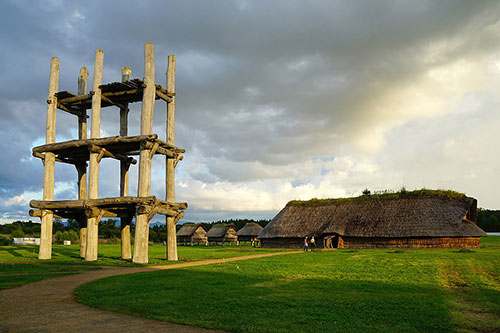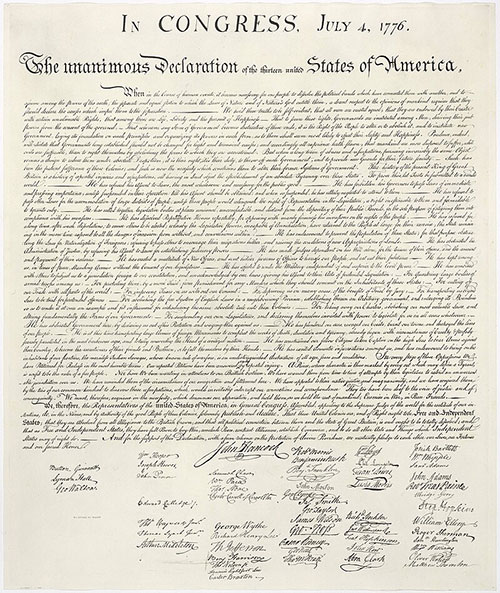The Plant that Built Civilization
The first papers were manufactured from Hemp, giving rise to the first documents. Its flower provided remedies of central importance in the pharmacopeia of various ancient civilizations, from the Egyptians to the Indians to the Chinese to the Mesopotamians. Hemp was used to make the paper for Gutenberg's Bible and the Declaration of Independence of the United States, the sails of the Great Navigations, and the canvases of the Renaissance.
Sannai-Maruyama archaeological site in Aomori, northern Japan, containing the ruins of a large settlement from the Jomon period. These peoples were the first to use Hemp in their constructions, in an archaeologically proven way, more than 6,000 years ago
The number of uses that humans have given to Cannabis over the millennia is impressive. First in Eurasia, then in Africa, after the Great Navigations all over the world, Cannabis has always played a central role in various spheres of human life, from construction to medicine, from religion to industry.
In much of Asia, mainly around present-day Afghanistan and around the Indian subcontinent, humans selected Cannabis primarily for the molecules in its flowers, with uses in medicine and spirituality. These plants tend to be shorter and more branched in order to produce more flowers. Their fibers are generally short, not so good for making ropes and fabrics. These psychoactive varieties of Cannabis played a very relevant role in the origin of medicine and religion in many of the world's oldest civilizations, such as China, India, Egypt, and Mesopotamia.
But in both Europe and the Far East, including China and Japan, men have been selecting Cannabis for millennia looking for very long fibers. There, the bushes are tall and slender, and the flowers have very little, if any, psychoactive power. This non-psychoactive Cannabis, useful for extracting material from the stalk, is what is known as Hemp — the same name used to refer to the fiber it produces.
Hemp was a crucial material throughout the history of civilization. The first papers were produced with this biomass by the Japanese and Chinese and then disseminated by the Arabs to Europe. The Japanese also made their houses with Hemp papers. Several other peoples throughout history used the plant in architecture — the Romans, for example, mixed stalks in the mortar of bridges, and the Egyptians used Cannabis ropes and canvases to sculpt and transport the stones of the Pyramids.
For a long time, practically all books were made of Hemp. The canvases of all masterpieces of painting as well — "canvas," the word still used today in English and French to name the fabric for painting, comes from the Latin word for Cannabis. Navigation, which altered the course of human history, was all done with Hemp ropes and sails.
When the 20th century began, Hemp was still — as it had always been — one of the most useful plants for humanity, essential for providing material and medicine.
Declaration of Independence of the United States of America, from 1776, recorded on Hemp-based paper

